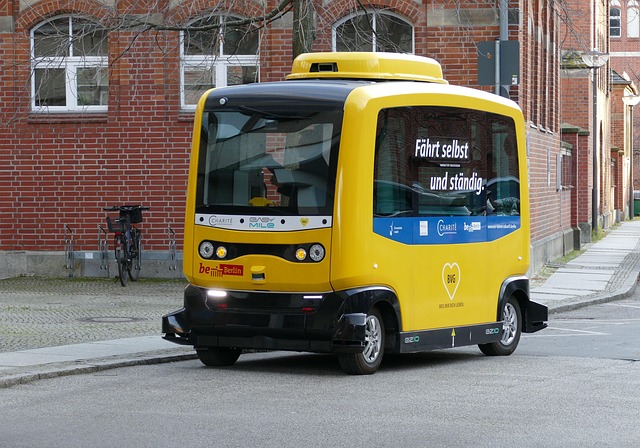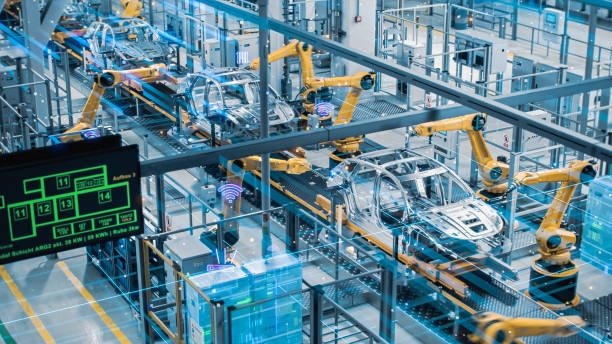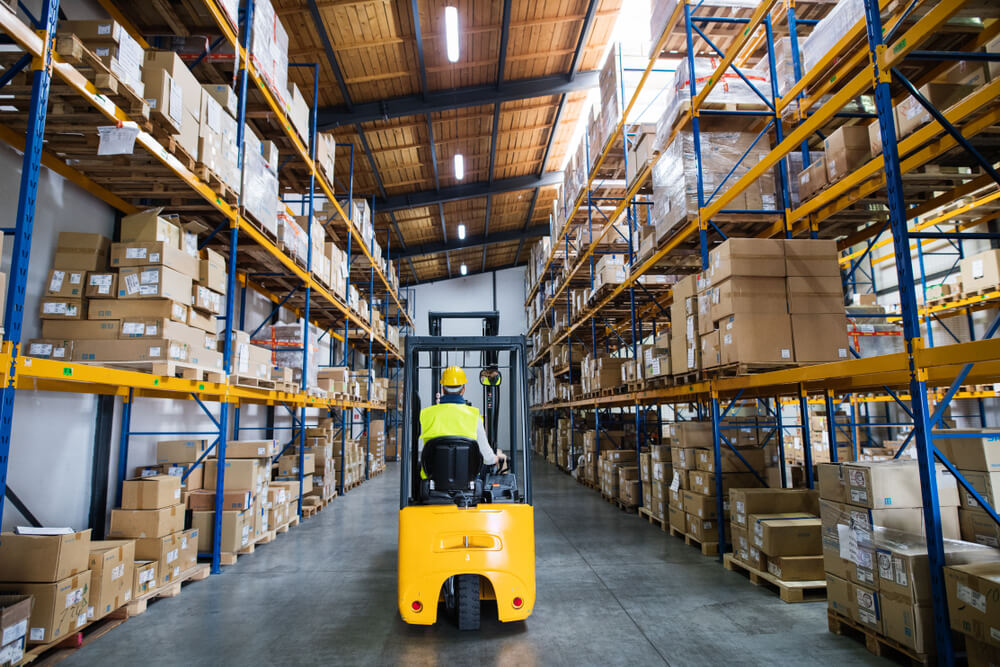
#SmartLogistics
10 January 2025
Autonomous Transport and Logistics : where do we stand in 2025?
Autonomous transport and automated logistics have made significant progress in recent years, but where do we really stand in 2025? Between technological advancements, regulatory challenges, and gradual adoption, the revolution of autonomous vehicles and smart logistics continues to transform the transport and freight industry.
State of Autonomous Transport in 2025
Autonomous Vehicles : Gradual Adoption
By 2025, autonomous vehicles are no longer just a laboratory concept. Several cities and companies have launched commercial services:
- Autonomous taxis: Cities like San Francisco, Dubai, and Tokyo have deployed fleets of driverless taxis, albeit under regulatory supervision.
- Urban shuttles: Autonomous shuttles operate on defined routes to complement public transport networks.
- Autonomous trucks: Major logistics companies use Level 4 (semi-autonomous) trucks for long-distance highway journeys.
Levels of Autonomy and Their Limits
Vehicle autonomy is classified into six levels (0 to 5), and in 2025, most autonomous vehicles operate at Level 3 or 4:
- Level 3: The vehicle can handle certain situations independently, but a driver must be ready to intervene.
- Level 4: Full autonomy on predefined routes and controlled environments.
- Level 5: Complete autonomy, without a steering wheel or pedals (still in the experimental phase).
Technological Advances
Advances in artificial intelligence, LiDAR sensors, high-definition cameras, and 5G enable better environmental understanding and faster decision-making. However, challenges remain, particularly regarding algorithm reliability in extreme weather conditions and managing interactions with human drivers.
Automated Logistics : Towards an Optimized Supply Chain
Smart Warehouses
Smart warehouses are now common in 2025:
- Picking and sorting robots: Many companies, like Amazon and Alibaba, use robots to manage package shipments.
- Delivery drones and robots: Experiments have led to regular autonomous delivery services in certain urban areas.
- Predictive inventory management: AI optimizes logistics flows to prevent stockouts and minimize costs.
Autonomous Transport in Logistics
The adoption of autonomous trucks has optimized goods transport:
- Long-distance journeys: Dedicated highways for autonomous heavy trucks reduce costs and improve safety.
- Last-mile delivery: Autonomous electric vehicles deliver packages in city centers.
- Ports and logistics hubs: Automated terminals speed up container and goods management.
Challenges to Overcome
Regulation and Public Acceptance
The adoption of autonomous transport still depends on suitable regulations and public acceptance. In 2025:
- Regulations vary from country to country, slowing global deployment.
- Debates on liability in case of accidents persist.
- Social acceptance remains a barrier, although trust is gradually increasing.
Safety and Cybersecurity
With the increase in connected vehicles, cybersecurity has become a priority. Attacks on autonomous systems could cause major incidents, necessitating advanced protection measures.
Infrastructure Costs
Mass adoption of autonomous transport requires significant infrastructure investments:
- Implementation of smart roads.
- Deployment of 5G networks to ensure real-time communication.
- Development of automated charging and maintenance stations.
Prospects and Future of Autonomous Transport
By 2030, autonomous transport could reach sufficient maturity for widespread adoption:
- 100% autonomous cities: Some metropolises plan to convert their entire transport network to full autonomy.
- Merging autonomous and electric transport: The transition to eco-friendly transport is underway.
- Even more powerful AI: Improvements in learning algorithms will continue to enhance the safety and efficiency of autonomous systems.
Conclusion
In 2025, autonomous transport and automated logistics have reached an impressive level of maturity, but challenges remain. While technological progress already allows operational use in certain regions and sectors, regulation, public acceptance, and cybersecurity must still be strengthened before mass adoption.
The future of autonomous transport is promising and could revolutionize the way we move and deliver goods. However, to fully succeed in this revolution, a few more years of development, testing, and regulatory adaptation will be necessary.









